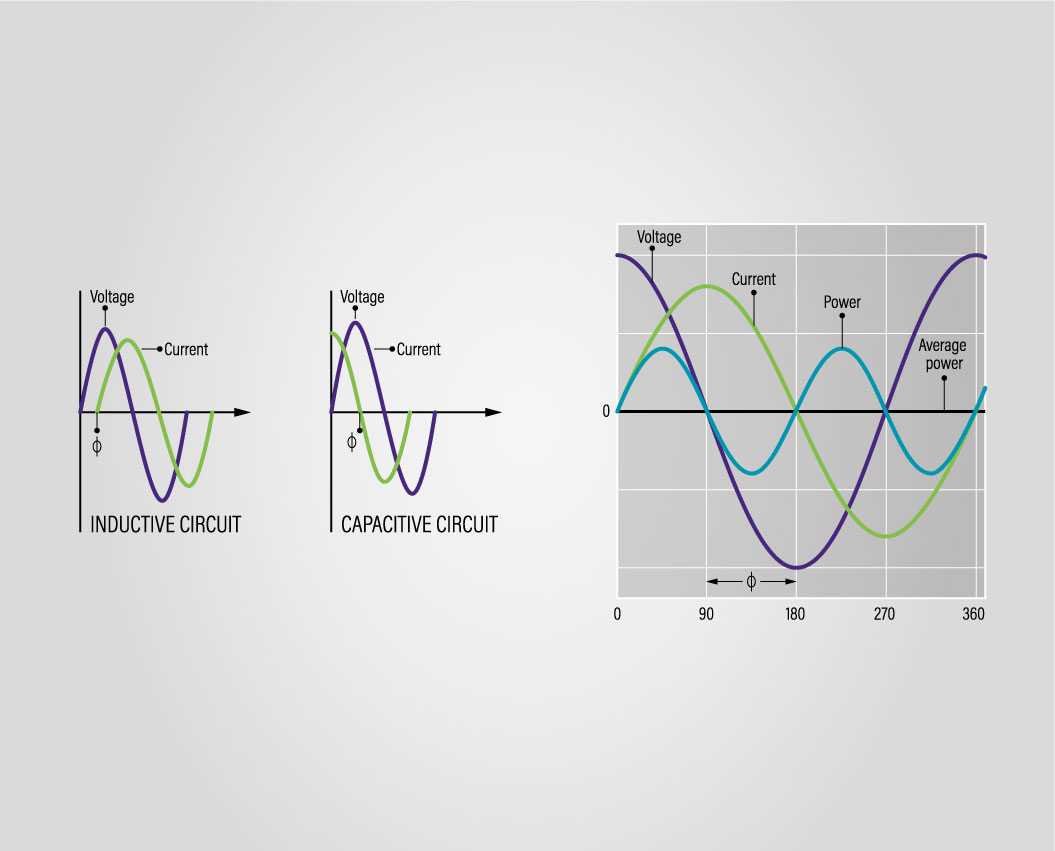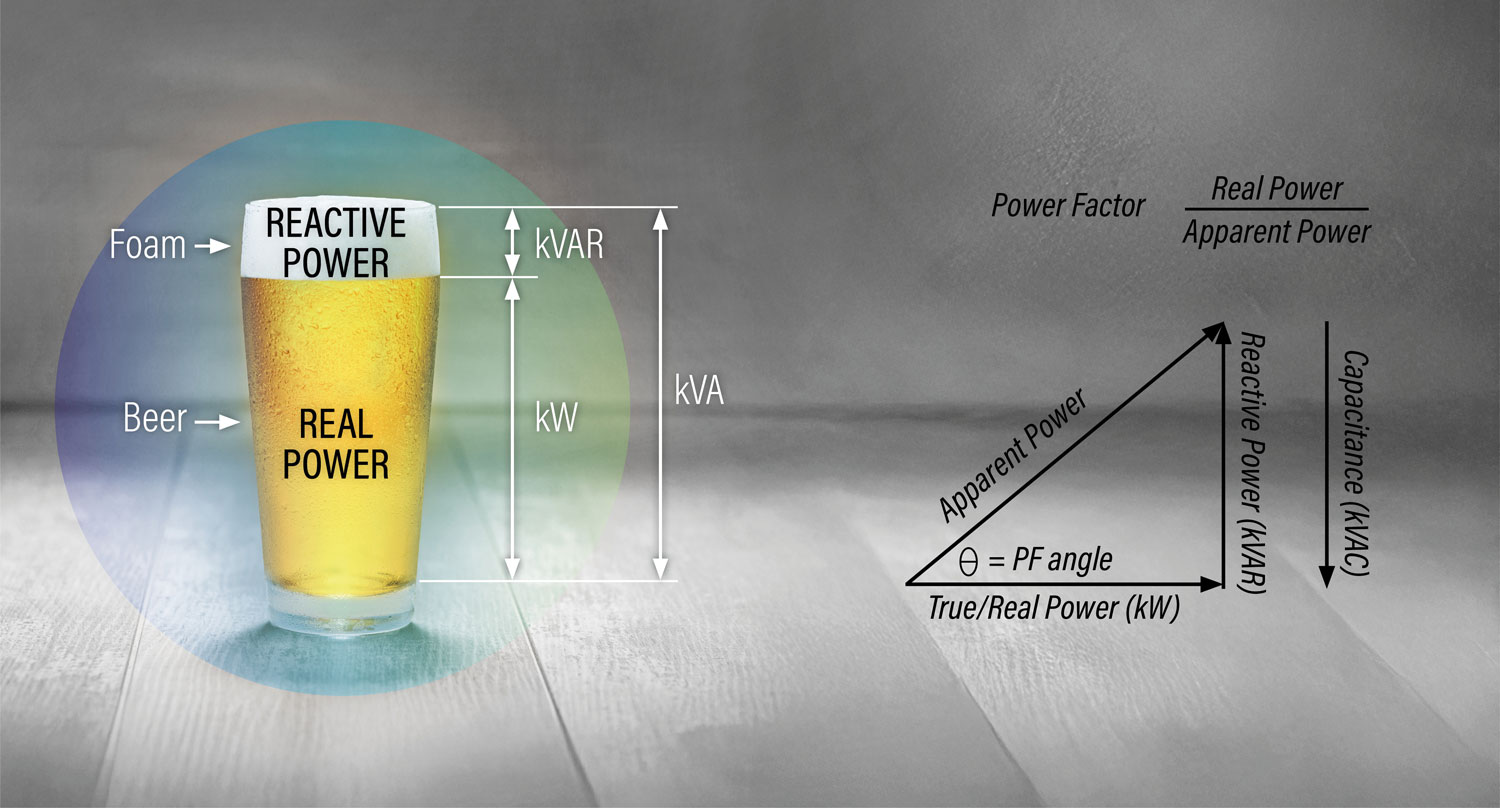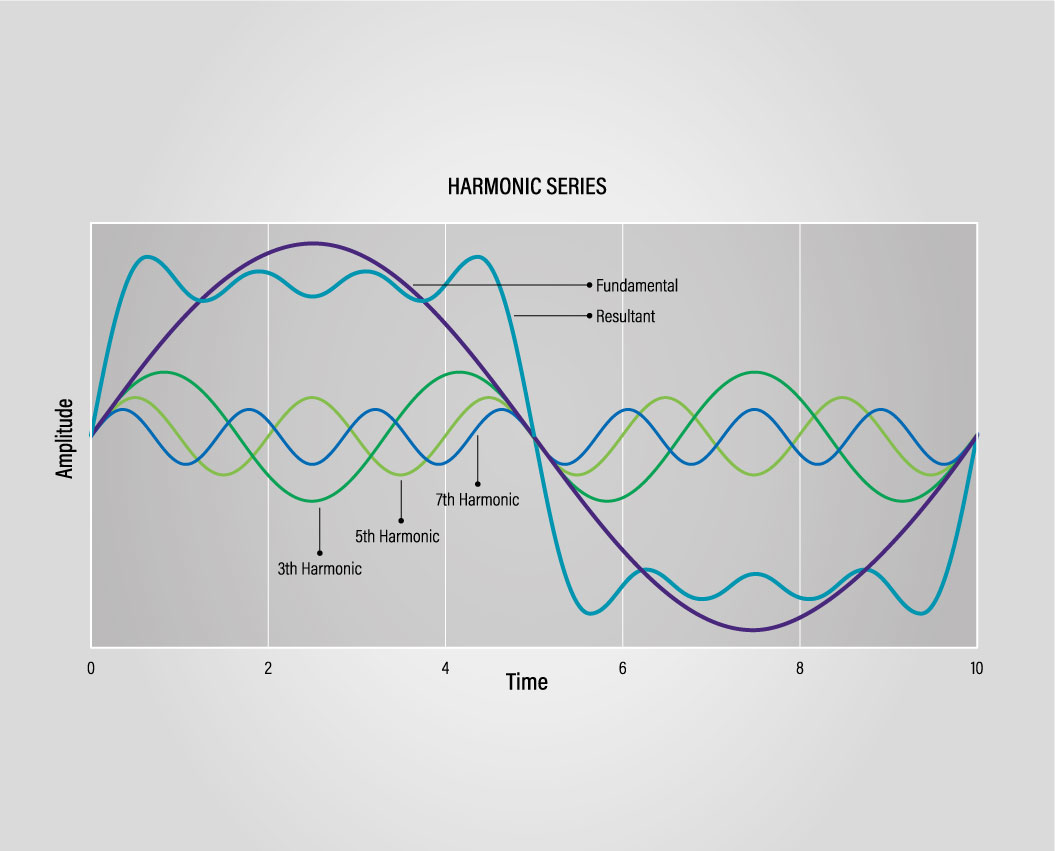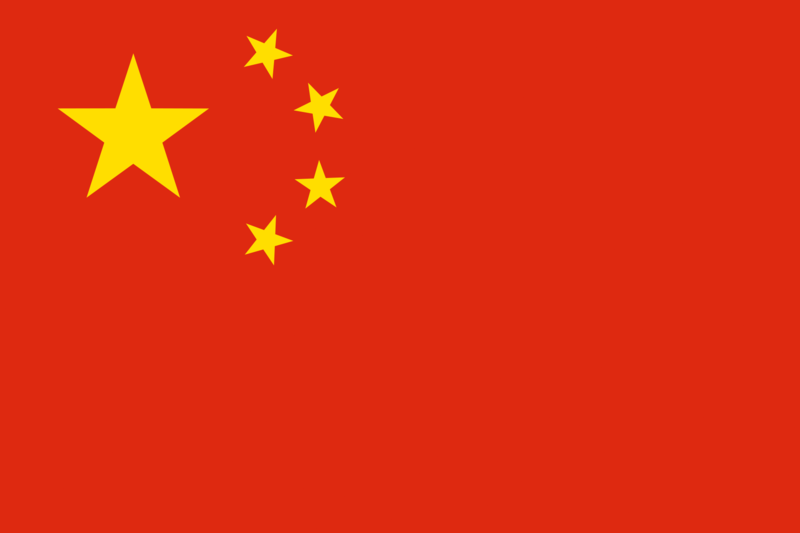Evaluating Total Cost of Ownership (TCO) for Data Center UPS Systems
This article covers how to evaluate the TCO for data center UPS systems, including key factors to consider and optimization strategies.
Uninterruptible Power Supply (UPS) systems are essential for ensuring the uninterrupted operation of data centers, but effectively managing their costs is crucial. This blog explores the technical factors, impacts, and strategies that shape the Total Cost of Ownership (TCO) of UPS systems in data centers.

Key Factors Influencing TCO
The TCO of UPS systems is determined by a combination of initial acquisition costs (CapEx), operational expenses (OpEx), and maintenance costs.
Initial Acquisition Costs: These are influenced by the UPS type and size, levels of redundancy and scalability, battery specifications, and the complexity of installation.
Operational Expenses: These are determined by the UPS energy efficiency, cooling requirements, power factor correction, and system integration with existing infrastructure.
Maintenance Costs: These encompass battery maintenance and replacement, component reliability and lifecycle management, and service contract terms.
Efficiency, Power Factor, and Harmonics: Their Impact on TCO
System Efficiency: Efficient UPS systems significantly minimize energy consumption, directly lowering electricity costs. They also produce less heat, which reduces cooling expenses and extends the lifespan of components, leading to lower maintenance needs.
Power Factor: A high-power factor, ideally close to 1, enhances the utilization of electrical infrastructure and can reduce demand charges, thus lowering overall energy costs. Poor power factors can lead to inefficiencies, excess heat, and increased cooling demands.


Harmonics: Harmonics introduce additional stress on electrical equipment, causing premature failures and higher maintenance costs. A UPS system with effective harmonic mitigation can prevent these issues, reduce energy losses, and avoid penalties from utilities for poor power quality.

The Role of Scalability and Modularity in TCO Optimization
Scalability: Scalable UPS systems enable data centers to align capacity with current needs, minimizing upfront investment. As demand grows, capacity can be expanded incrementally, avoiding over-provisioning costs and ensuring optimal resource utilization.
Modularity: Modular UPS systems provide flexibility by allowing the addition or removal of smaller modules. This approach reduces unnecessary spending and enhances redundancy through N+1 or other redundant configurations. In the event of a module failure, another can take over, ensuring continuity. Additionally, maintenance can be performed on individual modules without shutting down the entire system, minimizing disruptions and associated costs.
Key Considerations Affecting TCO
Reliability and Availability: The reliability of a UPS system is paramount, particularly given the high costs associated with data center downtime, which can reach up to $1 million per hour. Systems with high availability and low Mean Time to Repair (MTTR) are essential to minimizing downtime costs.
Energy Efficiency: Over time, energy losses can equal or exceed the initial cost of the UPS. Investing in highly efficient systems, such as those with silicon carbide components, not only reduces energy waste but also decreases cooling requirements, offering a swift return on investment.
Lifespan and Reliability: Opting for UPS systems with extended lifespans, robust warranties, and high Mean Time Between Failures (MTBF) can significantly lower replacement and maintenance costs, thereby positively influencing the TCO.
The Importance of TCO for Data Center Operators
TCO is a vital metric for data center operators when selecting and deploying UPS systems. By considering all associated costs—from initial purchase and installation to maintenance, energy use, and eventual replacement—operators can make informed decisions that align with long-term financial goals. A thorough TCO analysis ensures that long-term benefits outweigh short-term savings, supporting sound financial planning.

Optimizing TCO for Cost Reduction and Efficiency
Optimizing the TCO of UPS systems directly impacts reducing costs and enhancing operational efficiency within data centers. Reliable UPS systems help prevent unplanned outages, thereby lowering downtime costs and improving overall continuity.
Energy Consumption: Energy-efficient UPS systems reduce ongoing operational expenses, cutting energy bills over the system’s lifespan.
System Lifespan: Longer lifespans result in fewer replacements, which in turn reduces costs associated with acquiring new equipment.
Reliability: Accounting for reliability features in the TCO helps prevent critical data loss and ensures that operations remain efficient.
Scalability: TCO analysis aids in evaluating future growth options, ensuring that scalable UPS solutions are chosen to minimize unexpected expenses during expansion.
Optimizing TCO for Financial Viability
Optimizing TCO is crucial for the financial viability and competitiveness of data center facilities. A reduced TCO means lower operational expenses, enabling data centers to allocate resources more efficiently, invest in growth, and remain competitive. Lower TCO also enhances profit margins, attracting clients and improving the facility's financial health. Moreover, TCO analysis informs investment decisions for UPS upgrades and replacements, ensuring long-term financial stability and minimizing the risk of downtime.
Strategies for Optimizing TCO
Effective TCO management requires the implementation of strategic approaches:
Long-Term Evaluation: Assess the TCO across the UPS system’s entire lifecycle, including both CapEx and OpEx, while accounting for practical use limits that influence amortization and maintenance schedules.
Energy Efficiency: Prioritize energy-efficient UPS systems and implement broader energy management strategies, such as using renewable energy sources or power purchase agreements, to enhance overall efficiency.
Predictive Maintenance: Adopt predictive maintenance techniques, like fault detection and diagnostics, to minimize downtime and extend system life, positively impacting TCO.
Comprehensive Cost Consideration: Beyond installation, account for hidden costs such as testing, maintenance, and staffing, particularly in large or multi-location deployments.
Capacity Planning: Right-size UPS systems according to current loads and future growth projections. Scalable designs support cost-effective expansion without necessitating premature replacements.

By applying these strategies, data center operators can effectively manage the TCO of their UPS systems, ensuring financial viability, operational efficiency, and high system reliability.
Need help identifying the best UPS solution? Contact Legrand for an online demo or consultation here.
























 Canada
Canada
 Latin America (English)
Latin America (English)
 Latin America (Espanol)
Latin America (Espanol)
 USA
USA
 China
China
 India
India
 Japan
Japan
 Republic of Korea
Republic of Korea
 South East Asia (English)
South East Asia (English)
 Austria
Austria
 Belgium
Belgium
 France
France
 Germany
Germany
 Italy
Italy
 Netherlands
Netherlands
 Spain
Spain
 Switzerland
Switzerland
 Turkey
Turkey
 UK
UK
 Africa (english)
Africa (english)
 Africa (français)
Africa (français)
 Middle East (english)
Middle East (english)
 Australia
Australia
 New Zealand
New Zealand